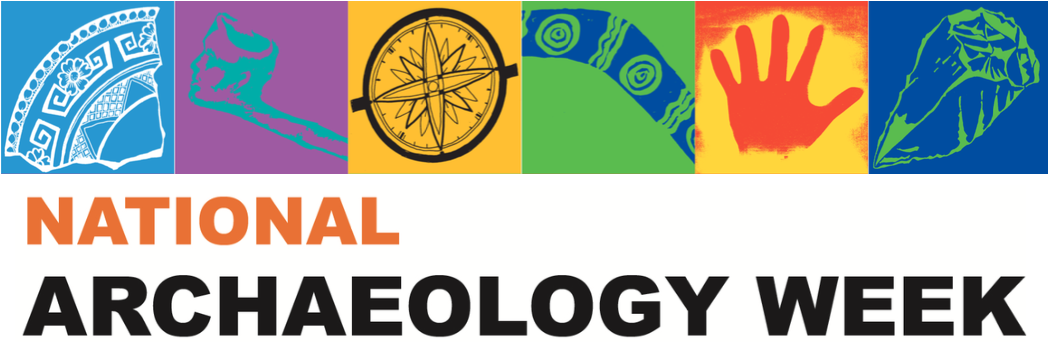Mikhaila Chaplin
Current position
Graduate Archaeologist and Heritage Specialist at Curio Projects
Where did you study?
University of Sydney
How did you become interested in archaeology?
When I was nine years old, I went to the opening of the Castle Hill Heritage Park on the bicentenary of the Battle of Vinegar Hill and participated in the re-enactment of the battle. I remember looking at the landscape filled with curiosity and excitement wondering what other stories lay beneath our feet that are yet to be told. After that, archaeological and historical documentaries were my go-to. It was not until I went to Pompeii, Italy when I was seventeen that I realised I was officially hooked.
What archaeological projects are you working on at the moment?
I have been working on site at the Eveleigh Locomotive Workshops. The Locomotive Workshops are known for its major contribution to the establishment, operation, and growth of NSW railways. The workshops will soon open again to the community and will share through the remaining physical, documentary, and oral evidence the functions of large-scale 19th/20th century railway workshops and the lives of the men and women who worked there.
Tell us about one of your most interesting archaeological discoveries.
I found an intact bronze hairpin whilst excavating a Taula on the Balearic island of Minorca. A Taula was used as a religious space by the Talayots, the indigenous people of the island, who arrived as earliest as 2300BC.
Tell us about a funny / disastrous / amazing experience that you have had while doing archaeology.
One experience that I will never forget was when I was in Achill, Ireland, completing a Landscape Archaeology course at the end of August 2017. My supervisor and I decided to investigate a landmark which was within the vicinity of a post-famine site we were writing a report on. As we stepped out of the car it begun raining (naturally) we asked ourselves if we should head back but we were determined to continue our investigation. We soon realised that the landmark in question was in fact only visible and accessible down a muddy driveway. We pushed on, our feet sinking deeper into the mud as the rain began bucketing down. As we ventured over the hill, we look up to see a herd of cattle coming our way. We clung to the fence for our dear lives whilst attempting to differentiate between the battlefield of fresh cow dung and all the mud. In the end our wrestle with the mud came to naught because the landmark became barely visible from the fence line amongst the rain and wind.
What’s your favourite part of being an archaeologist?
Continuously learning new things and meeting new people. Additionally, being able to uncover and appreciate sites and objects which hold the stories of the people and places that came before us, and then sharing it with the community.

